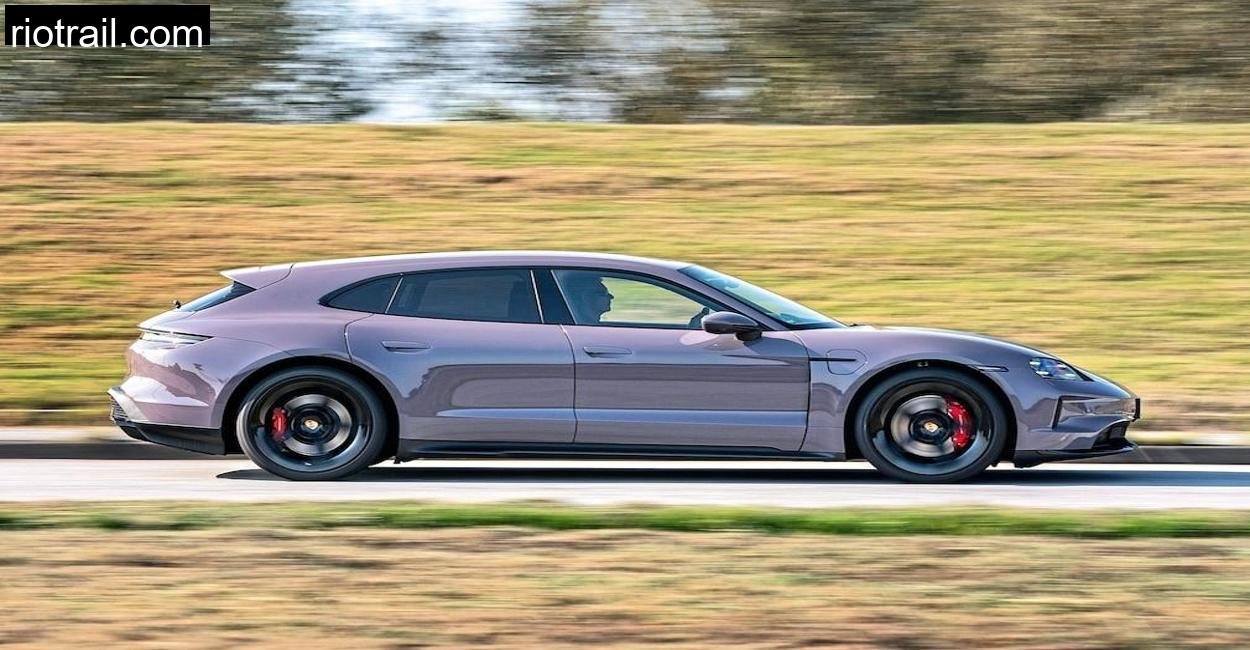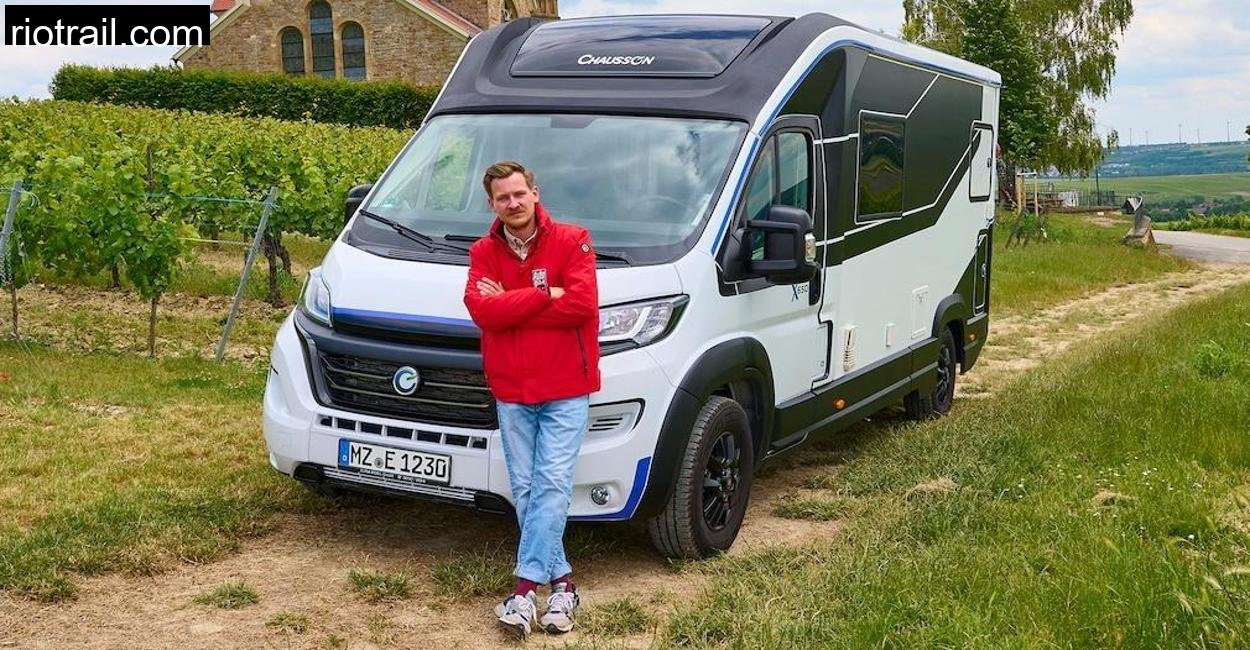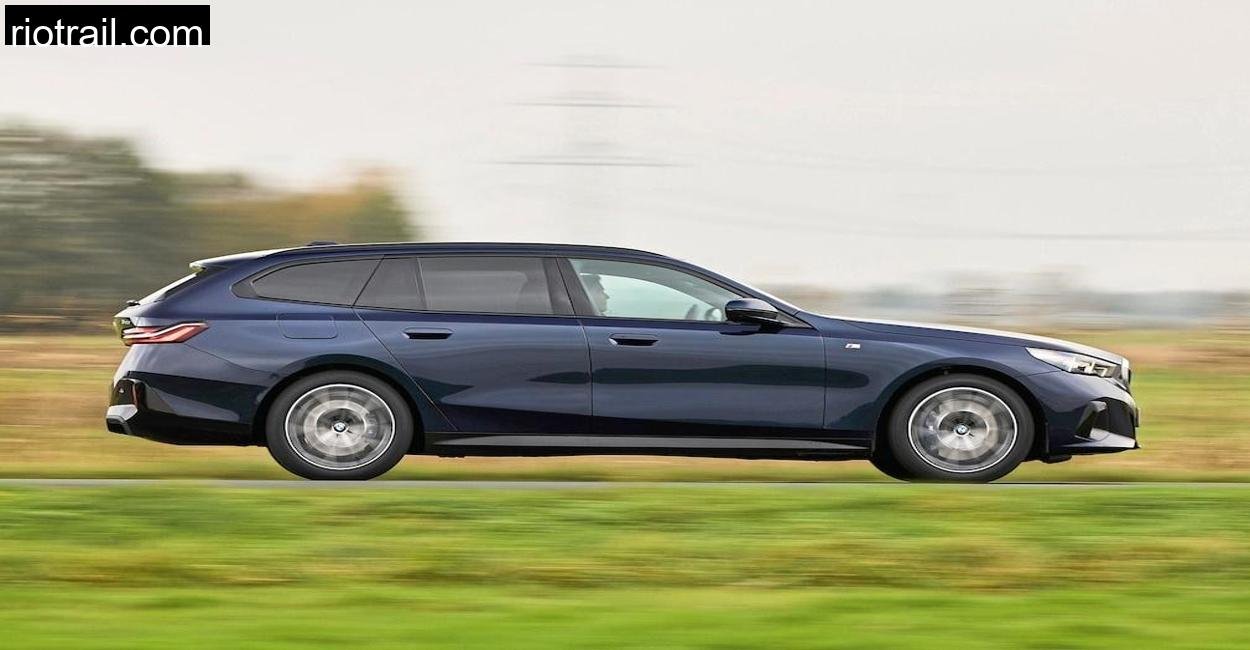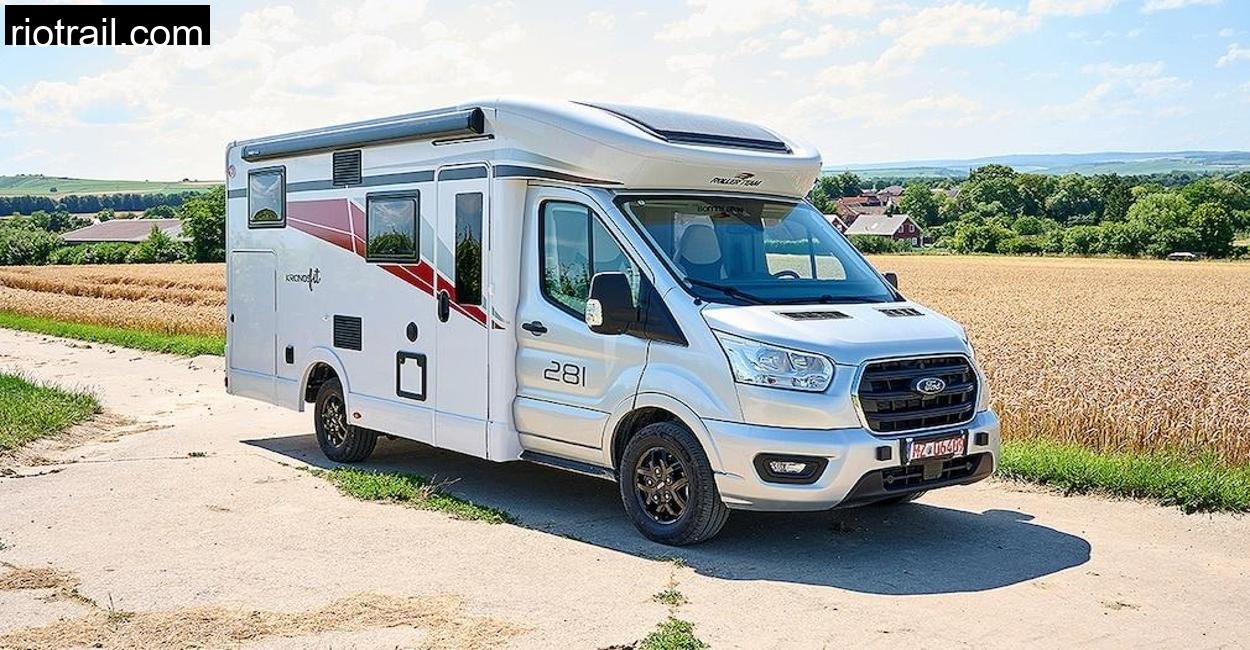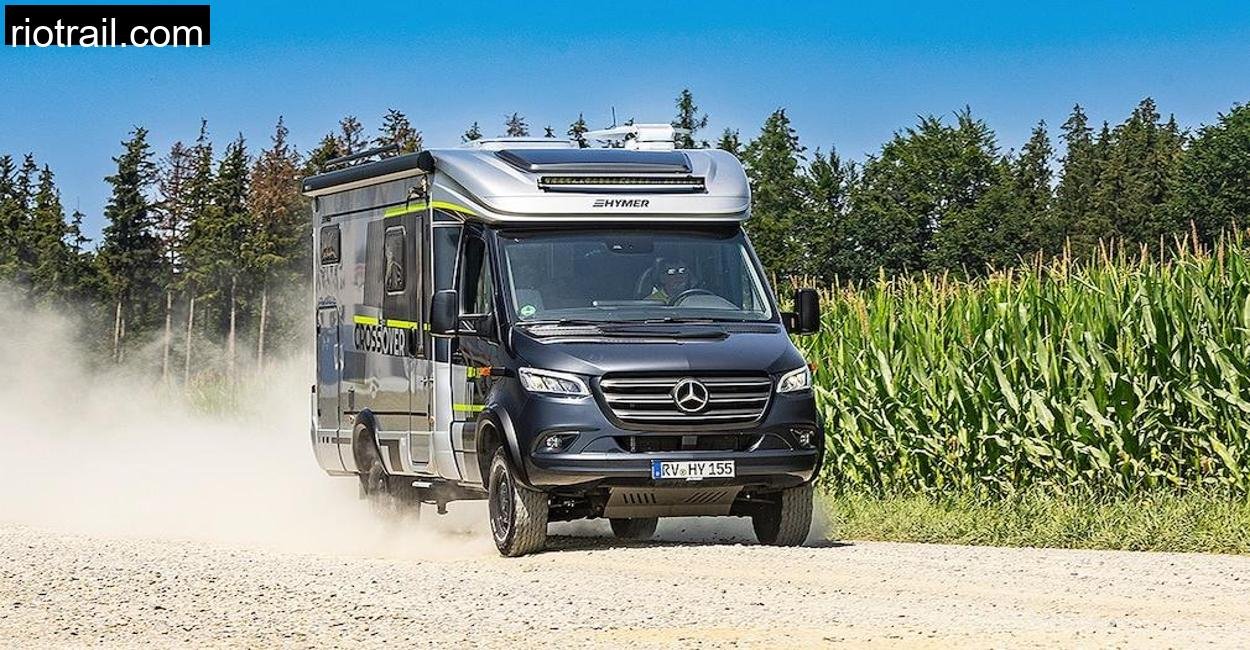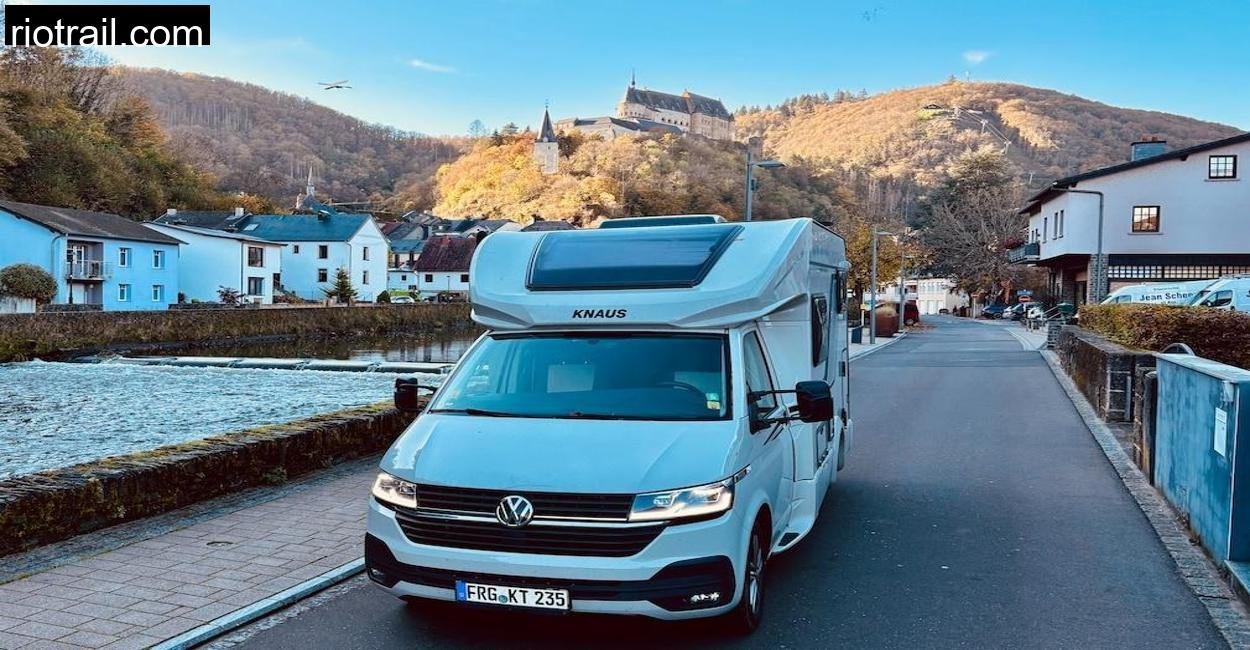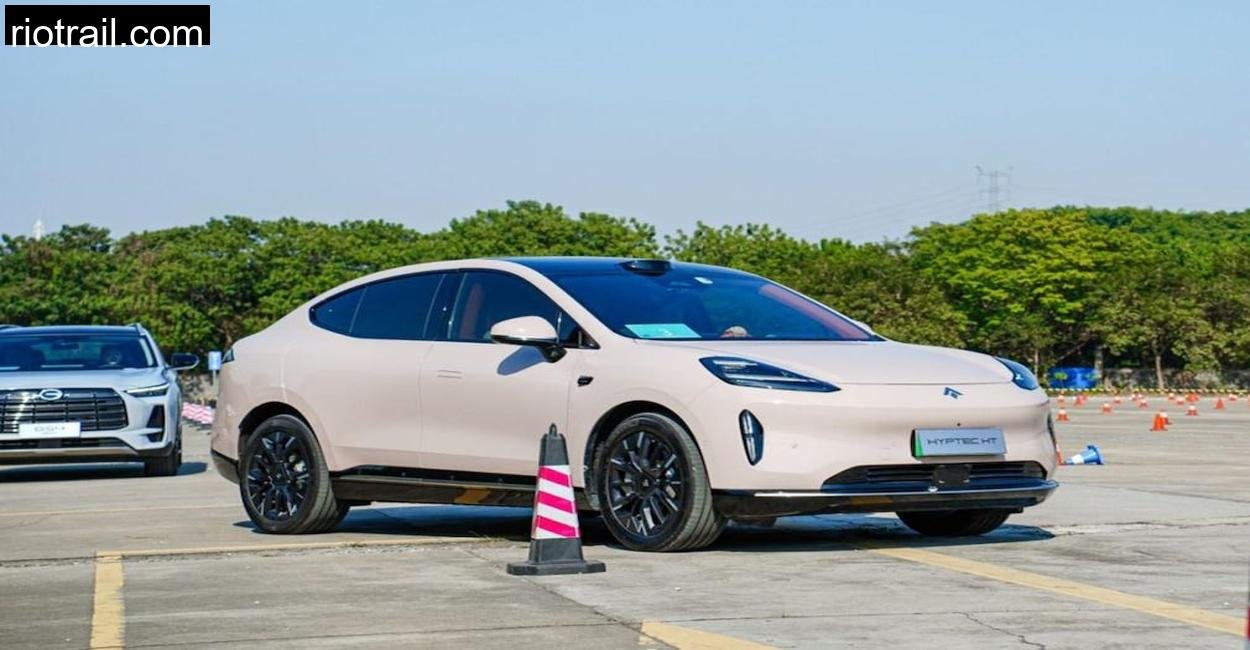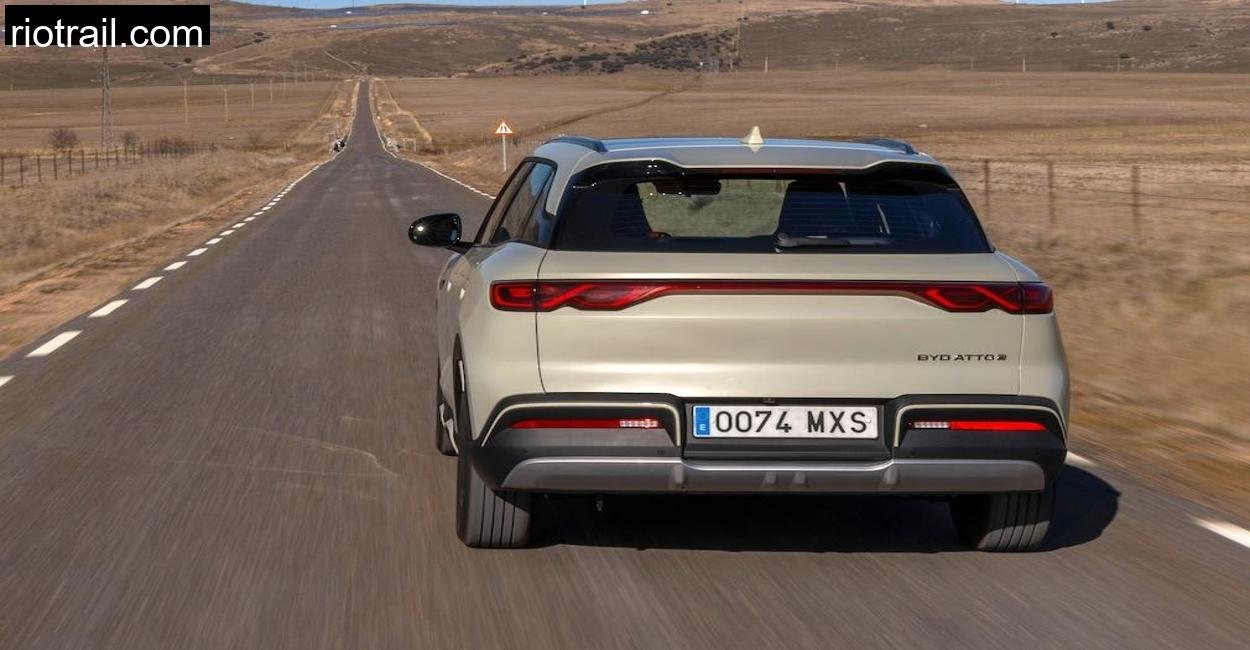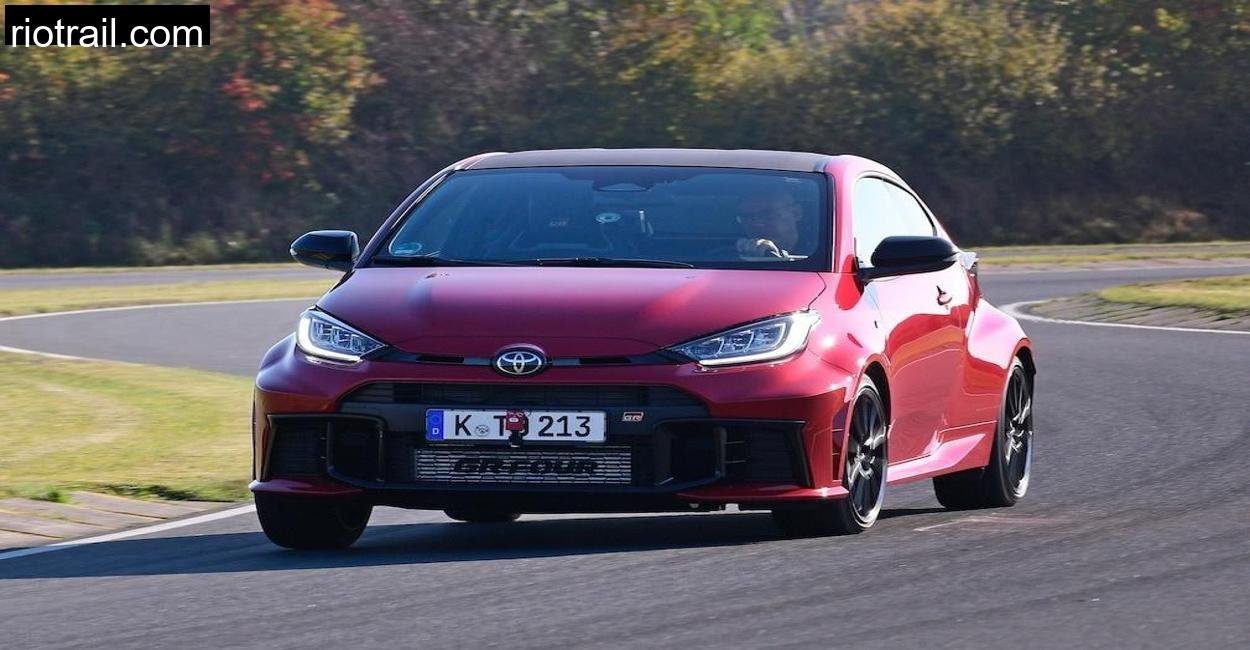It was a crisp, early spring morning when I found myself driving through the winding roads of the Harz Mountains, Germany’s northernmost low mountain range. The tall firs were still glistening from the previous night’s rain, and the air carried that fresh, earthy scent only a forest in transition from winter to spring can provide.
But I was not here for a nature retreat. Today, my focus was firmly on the Porsche Taycan 4S Sport Turismo, an electric wagon that promises the DNA of a Porsche sports car fused with the everyday usability of a five-door luxury hatch.
For this test, we chose the Harz not just for its postcard-worthy scenery, but for its diverse driving conditions. The steep climbs, tight switchbacks, and fast autobahn stretches cutting through the region would give the Taycan a proper workout, and me, a chance to see how much of Porsche’s promise of driving joy had survived the leap into full electrification.
By the end of the day, I had driven nearly 400 kilometers, through misty forest roads, sun-dappled hill climbs, and rain-slicked highways. This is my story of the day the Taycan showed me that electric driving can still feel utterly alive.
Setting the Scene: The Taycan’s Design and Cabin Experience
First impressions matter, and the Porsche Taycan 4S Sport Turismo makes a stunning one. Painted in a deep metallic purple, a bold choice for a car from such a traditionally restrained brand, it looked both futuristic and grounded, a modern piece of industrial design rather than some gimmicky EV science project.
Even parked, it carried presence. At nearly five meters long and close to two meters wide, it sits low and wide like a proper performance car. The sculpted rear haunches and sleek roofline reminded me more of a 911 than a wagon. But open the power tailgate, and there’s a surprisingly practical 446 to 1212 liters of space, plus an additional 84-liter frunk under the bonnet. I had no trouble fitting my camera gear and a spare set of clothes.
Inside, Porsche has done what many EV makers forget: they’ve kept things functional and driver-focused. You sit low, just 50 centimeters above the asphalt, surrounded by clean lines and real buttons where it matters. No flashy LED gimmicks here, just a purposeful cockpit with a perfectly sized steering wheel and beautifully supportive 18-way adjustable seats.
Even the digital instrument cluster felt like a nod to tradition: three virtual gauges that echoed classic Porsche layouts. The center screen was crisp and quick to respond, and while the optional head-up display proved useful on the fast autobahn runs, I barely needed it thanks to the clear, logical driver interface.
Driving Through the Harz: Agility, Grip, and Real-World Handling
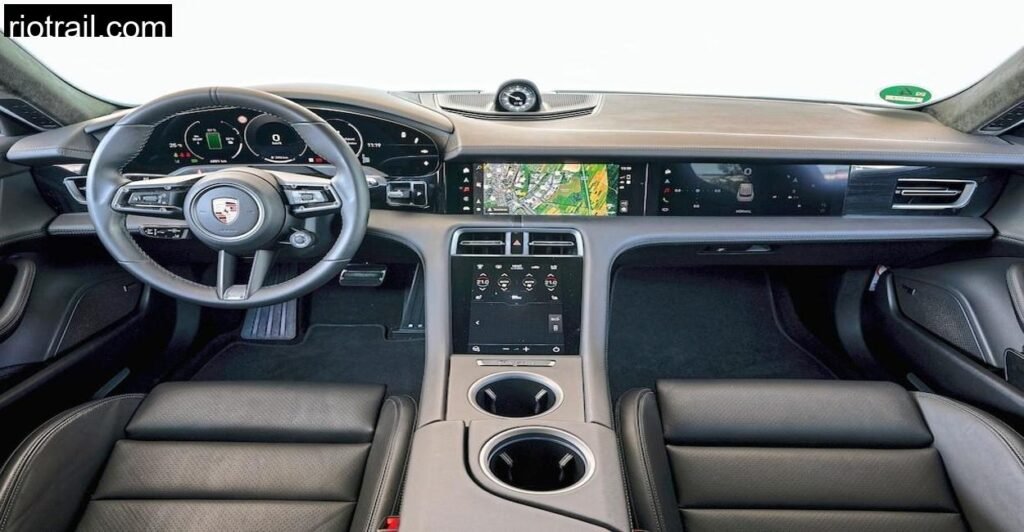
From the first turn of the wheel, the Taycan felt special. The Harz is known for its roller-coaster roads, tight corners that snake through dense forest, followed by open stretches that beg for full-throttle runs. This was the perfect canvas for Porsche’s engineering wizardry.
Despite its substantial 2390-kilogram curb weight, the Taycan handled with uncanny precision. Credit goes to a combination of Active Ride air suspension, rear-axle steering, and torque vectoring, all working seamlessly to make the car feel half its mass.
I pushed hard through one particularly winding section near Schierke, where the road dips and rises with rapid-fire bends. The Taycan simply flowed. The all-wheel-drive system, powered by dual synchronous electric motors (one at each axle), shuffled torque in real time, giving me a sense of rear-bias that made corner exits feel playful but controlled.
There was minimal body roll, the result of a clever hydraulic active suspension that forgoes traditional anti-roll bars and instead adjusts each damper on the fly. The car even lifts itself 55 mm when you open the door to make entry and exit easier, though once on the move it hunkers down, giving an impression of immense grip.
Steering feel was direct, if a touch light for my taste. On faster sweepers, I wished for a bit more weight to build up in the wheel, but precision was never in question. This was a car that invited confidence, not fear, even on unfamiliar wet roads.
Straight-Line Performance: As Fast As They Say?
Of course, this is a Porsche, so what about outright speed?
On the unrestricted A36 autobahn south of Wernigerode, I finally found a stretch to let the Taycan off its leash. With Launch Control engaged, the car simply catapulted forward. The official numbers,0 to 100 km/h in 3.6 seconds, 200 km/h in 11.8 seconds, tell part of the story. The reality is that the acceleration feels relentless and drama-free, with none of the torque steer or wheel spin you sometimes get in high-powered EVs.
Passing slower traffic was laughably easy. Even from 160 to 200 km/h, the Taycan kept pulling with authority. At 250 km/h, the electronically limited top speed, the car felt stable and planted, with wind noise impressively muted thanks to sound-insulating glass.
What struck me most was how repeatable this performance was. I did several full-throttle runs without any noticeable drop in power, a testament to Porsche’s attention to thermal management.
Range and Charging: Real-World Results in Mixed Conditions
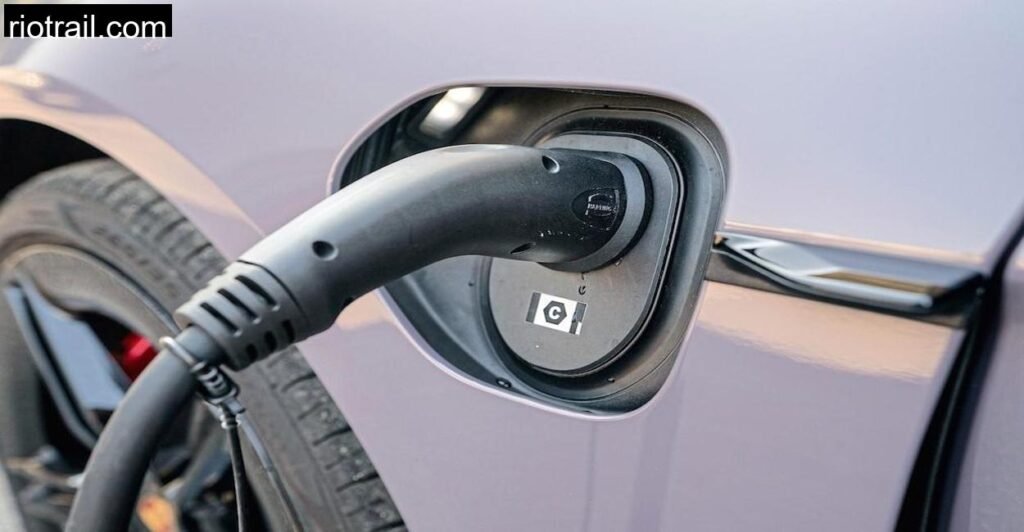
One of the big questions with any electric performance car is this: can you enjoy the car and still cover meaningful distance?
Porsche claims a WLTP range of 565 km for this spec, thanks to the 97 kWh usable battery. But with my spirited driving through the Harz and high-speed autobahn stints, my real-world average consumption was 26.3 kWh/100 km, about 30 percent higher than WLTP. This translated to a range of around 409 km on a full charge in mixed use.
Crucially, Porsche’s 320 kW max charging rate made topping up painless. I stopped at an Ionity charger outside Goslar and watched the Taycan go from 10 to 80 percent in just 18 minutes. For an EV capable of this level of performance, that’s nothing short of remarkable.
The dual charging ports (one on each front fender) were also a nice touch, giving flexibility depending on which side the charger was on.
Comfort and Daily Usability: Sporty Yet Civilized
Despite its sporting intent, the Taycan surprised me with its comfort and civility. The Active Ride suspension made even long stretches of rough pavement feel composed. Over poorly maintained cobblestone streets in Quedlinburg, the system worked hard to filter out harsh impacts, though sharp vertical jolts still made themselves known, a reminder that this remains a sport-tuned chassis.
At highway speeds, interior noise levels remained impressively low: 68 dB(A) at 130 km/h, with only a subdued wind rush and the faint whine of the motors when accelerating hard.
The 18-way seats proved a highlight on this long test day. I emerged after five hours of driving with zero fatigue, thanks to perfect adjustability and excellent support.
However, not everything was perfect. The Electric Sport Sound (€499 option) proved a bit gimmicky, a synthetic whoosh piped into the cabin that felt unnecessary in such a pure driving machine. I turned it off after a few minutes and enjoyed the natural silence punctuated by tire and wind sounds.
Porsche Tech and Quirks: Software Nearly Matches Hardware
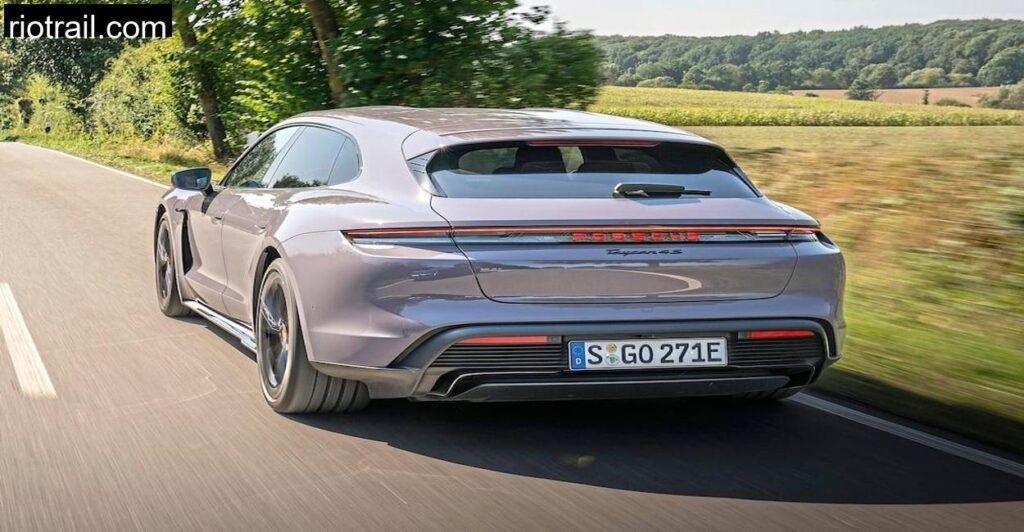
Porsche has clearly invested in making the Taycan feel like a real Porsche, not just an EV with a badge. The PCM infotainment system was fast and intuitive, with crisp graphics and real-time traffic that worked perfectly through the winding Harz region.
Voice recognition also worked well, understanding commands like “navigate to Brocken summit” without issue.
That said, a few quirks remained. The retracting charge port flaps didn’t always open reliably, requiring multiple taps. And the array of options quickly pushes the price sky-high: my test car rang in at a hefty €150,011, well above the base €121,800. But such is the price of bespoke engineering.
Technical Specifications Table
All tech info comes right from Porsche’s official site so it’s accurate and trustworthy.
| Specification | Porsche Taycan 4S Sport Turismo |
| Engine Type | Dual synchronous electric motors |
| Power (Peak) | 440 kW (598 hp with Launch Control) |
| Continuous Power | 175 kW (238 hp) |
| Torque | 710 Nm |
| Transmission | Two-speed automatic |
| Drivetrain | All-wheel drive |
| Battery Capacity (usable) | 97 kWh |
| Max Charging Power (DC) | 320 kW |
| Charging Time (10-80%) | 18 minutes |
| WLTP Range | 565 km |
| Real-World Test Range | ~409 km |
| 0-100 km/h | 3.6 seconds |
| Top Speed | 250 km/h |
| Weight | 2390 kg |
| Braking Distance (100-0 km/h) | 35.1 meters |
| Trunk Volume | 446-1212 liters + 84-liter frunk |
| Base Price | €121,800 |
| Test Car Price | €150,011 |
Conclusion: An Electric Porsche That Still Feels Like a Porsche
By the time I guided the Taycan back into the village of Bad Harzburg, the sun was low, casting long shadows through the fir trees. I parked, stretched my legs, and reflected on what had been an exhilarating day.
The Porsche Taycan 4S Sport Turismo is not perfect, it’s expensive, heavy, and demanding of premium charging infrastructure to fully exploit its abilities. But it is, without question, a real Porsche.
It delivers the tactile feedback, engineering purity, and emotional engagement that made me fall in love with the brand years ago. And it does all this with zero tailpipe emissions and the ability to drive silently through ancient Harz villages at dawn without waking a soul.
If this is the future of fast cars, sign me up.
What range can I expect in spirited driving of Porsche Taycan 4S Sport Turismo?
In mixed real-world conditions, expect around 400 to 420 km. Drive more conservatively and you can stretch closer to 500 km.
How does Porsche Taycan 4S Sport Turismo compare to a traditional Porsche?
It’s shockingly close. The Taycan feels engineered with the same care as Porsche’s combustion models, with agility and handling that mask its weight beautifully.
